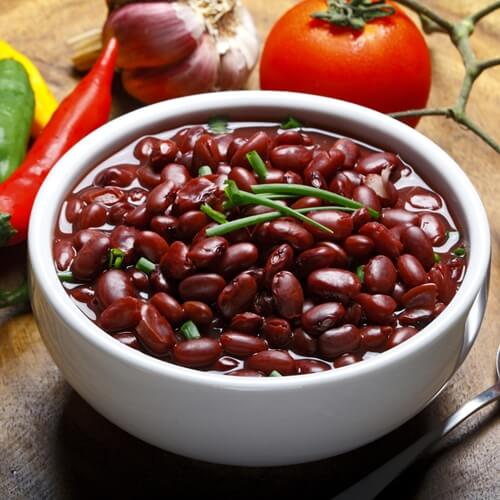Legendary Legumes: Tips For Baking The Perfect Beans
Regardless of the season, beans are a primary component of many meals, including rice bowls, various meat platters and as a tasty side dish with grilled hot dogs and burgers. It makes sense that so many people would flock to beans, especially given all the accompanying health benefits. According to the American Heart Association, because beans are high in fiber and various minerals, they can lower your cholesterol and reduce the risk of cardiovascular disease. For chefs, though, cooking with beans is just another way to learn more vital skills in the kitchen.
So, before your next big meal or other food-based celebration, follow these helpful tips to baking the best beans imaginable:
Pick your beans
No two beans are ever the same, and each variety has its own unique set of tastes and levels of vitamins and minerals. According to Live Eat Learn, there are a few dozen kinds of beans available for cooking. The most common such varieties include:
- Black beans: These beans are known for being sweet in taste and having a sizable magnesium content.
- Kidney beans: With loads of iron and omega-3 fatty acids, kidney beans are an especially healthy choice.
- Cannellini beans: Though similar to kidneys (except white in color), the cannellini bean has a much more creamy texture.
- Pinto beans: Used in many dips and stews, pinto beans have a certain earthy flavor that is rich in both protein and fiber.
Boiling beans
When cooking beans, many chefs face one eternal question: canned or dried? According to Epicurious, your choice doesn’t ultimately matter. Instead, it all depends on how you approach your respective beans.. If you opt for canned beans, be sure to wash them off thoroughly, as this reduces the overall amount of potentially harmful sodium. If you need to add salt to enhance flavor, you can do so after the beans have been warmed. Meanwhile, dried beans will need plenty of time to reconstitute in water. For every pound of beans, you’ll need 10 cups of water, which should soak for about 12 to 24 hours. As for the boiling process, most beans should then tenderize in about two hours on low heat.
Cook your beans carefully
Beans may be a fairly straightforward food, but properly cooking them takes a certain level of awareness. According to the U.S. Dry Bean Council, chefs need to understand when to add different ingredients to maximize the bean’s full flavor potential. To get the most out of onions, you want to add those to the beans within the last 30 minutes of cook time. Meanwhile, you can toss in most spices and sages – like garlic, parsley and oregano – almost any time as the beans bake. Finally, don’t stir in ingredients like ketchup, vinegar, molasses or lemon juice until after the beans have fully cooked. These ingredients have certain chemicals that can prevent the beans from tenderizing all the way through.
Further cultivate your bean baking skills when you enroll in culinary academy.


